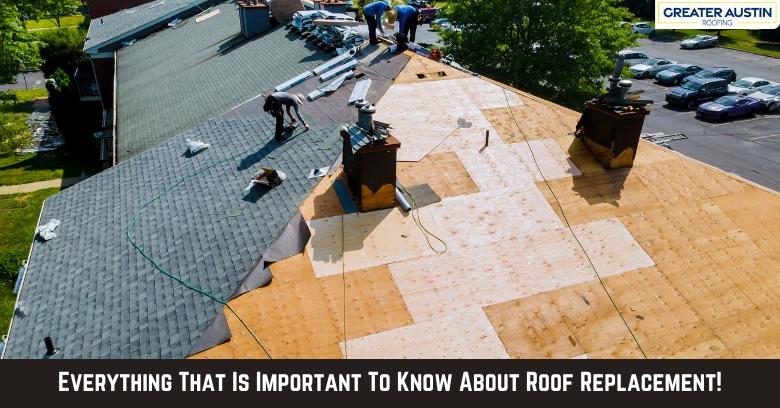Roof coverings in the Age of Sustainability: Developments to Watch
In world, environmental responsibility is no longer just a trend; it’s a necessity. As homeowners become increasingly aware of their environmental impact, the roof industry is transforming to meet these demands with cutting-edge and eco-friendly solutions. From green roofing options to energy-efficient materials, the options for roofing are growing, providing opportunities than ever to harmonize upgrades with environmentally conscious lifestyles.
In your journey through this changing landscape, recognizing important factors of roofing is essential. Whether you are curious how to know when it’s time for a new roof, looking to differentiate between DIY repairs and engaging a specialist, or evaluating the different roofing materials available, staying informed is important. In this write-up, we will explore the most recent trends in roofing technology, discuss how to tackle common roofing problems, and share insights into making sustainable choices that will benefit both your home and the Earth.
Roof Re-roofing Fundamentals
As you think about replacing your roof, the first step is understanding when your roof needs care. Homeowners should be conscious of the indicators indicating it’s time for a new roof, such as absent shingles, significant leaks, or severe wear. Regular inspections can help identify these issues early, allowing for prompt interventions and possibly preventing a total replacement.

Selecting the right materials is crucial for ensuring durability and sustainability. Options include classic asphalt shingles, green alternatives like metal or tile roofing, and cutting-edge solutions such as green roofs. Each material has its own lifespan, costs, and aesthetic benefits, so evaluating them in relation to your specific needs and the style of your home is essential in this decision process.
The roof replacement process can be daunting, but understanding what to expect can ease the transition. Property owners should get ready for the disruption that comes with installation, which includes noise and access to their property. It’s advisable to hire a trusted contractor who will provide a comprehensive overview of the project timeline, costs associated, and necessary permits. Proper communication and planning can significantly enhance the entire process.
Common Rooftop Problems and Fixes
One of the frequent common challenges homeowners face is roof leaks, that can lead to substantial damage if not handled in a timely manner. Frequent causes of leaks include cracked shingles, worn flashing, and wear around vents. To fix leaks, it's crucial to determine the source correctly. Householders can examine their roofs for damaged shingles and ensure that flashing is securely in place. Consistent maintenance and timely repairs can prevent leaks from causing further issues.
A further issue is the buildup of debris, especially in the valleys and gutters of the roof. Leaves, branches, and other debris can trap water and promote mold growth, leading to material problems. Property owners should consistently clean their gutters and roof surfaces to ensure proper drainage and limit water pooling. Additionally, installing gutter guards can help reduce debris accumulation, making maintenance easier in the future.
Severe weather poses another challenge for roofs, causing damage from high winds, hail, or heavy snow. Affordable roofing Kearney can protect their roofs by ensuring proper installation that meets local building codes and includes features intended for climate resistance. In regions prone to hurricanes or heavy snowfall, choosing appropriate materials and integrating preventative measures, such as durable shingles, can greatly boost a roof's resilience. Routine inspections after severe weather events are critical for early detection of any storm-related damage.
Green Roof Innovations
The shift towards green practices is reshaping the rooftop industry, with homeowners increasingly seeking eco-friendly options and components. Living roofing, for example, has seen popularity as it supports biodiversity, improves energy efficiency, and minimizes stormwater runoff. These roofs often showcase native plants and greenery, which deliver natural insulation and can lessen urban heat island effects. As knowledge of environmental issues grows, this trend is likely to expand, encouraging more homeowners to explore eco-friendly solutions.
Another significant trend is the integration of solar paneling technologies. Solar tiles are becoming a practical option to traditional roofing materials, integrating solar energy harvesting directly into the roof. This development not only helps in reducing electricity bills but also helps to lowering one's carbon footprint. As progress in solar technology remain to improve efficiency and aesthetics, more property owners may view solar solutions an attractive investment for eco-friendly living.
Finally, the focus on energy-efficient rooftop materials is on the increase. Residents are choosing materials with high thermal resistance, such as cool roofing choices, that reflect more sunlight and hold less heat. This selection not only enhances comfort but also assists in reducing cooling costs during warm months. With an expanding variety of eco-friendly roofing materials available, including recycled content alternatives and sustainably sourced wood, homeowners can make informed decisions that align with their environmental values while enhancing their home's effectiveness.